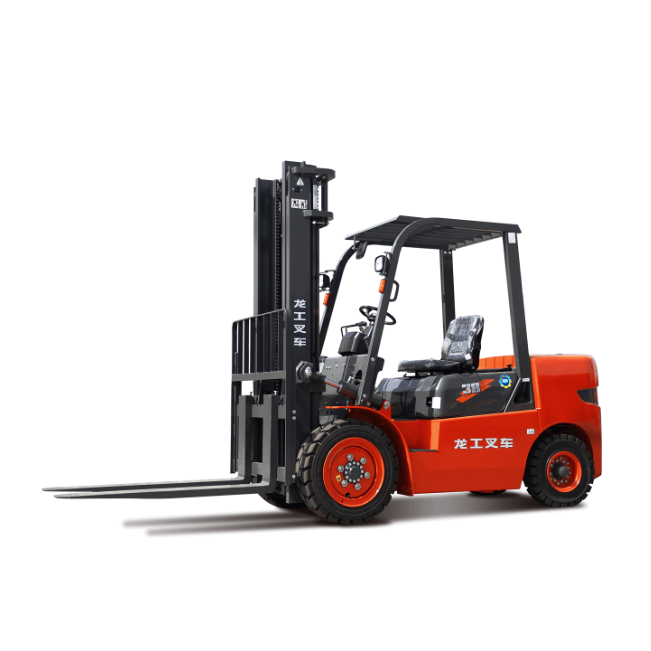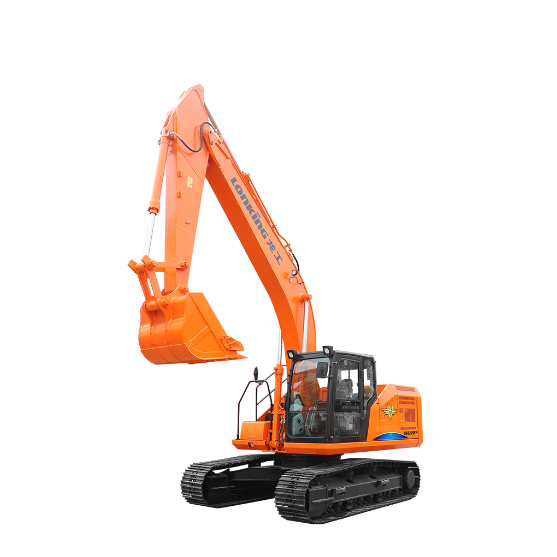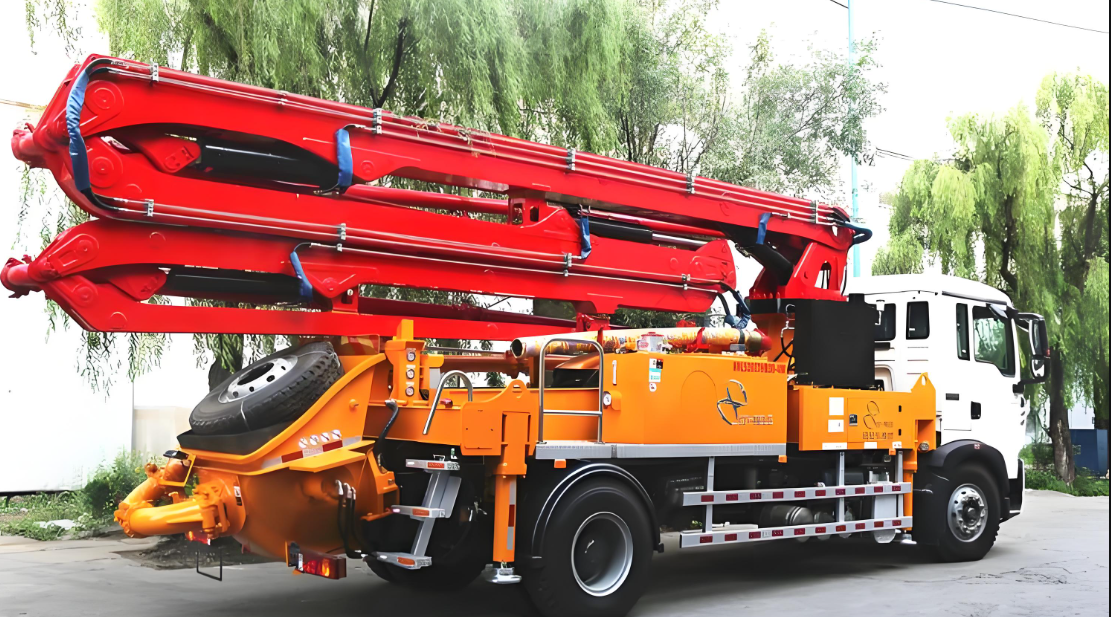static road roller
The static road roller represents a cornerstone piece of construction equipment, specifically engineered for soil and asphalt compaction in road construction and maintenance projects. This heavy-duty machine utilizes its substantial weight, typically ranging from 8 to 25 tons, combined with smooth steel drums to achieve optimal ground compression. The static roller operates through a straightforward yet effective mechanism where the machine's weight creates downward pressure, effectively compacting the surface material beneath. Modern static rollers feature advanced operator cabins with enhanced visibility, precise control systems, and ergonomic designs that ensure comfortable operation during extended work periods. These machines excel in compacting various materials, including soil, gravel, and asphalt layers, making them indispensable in highway construction, airport runway development, and large-scale infrastructure projects. The roller's design includes specialized water sprinkler systems that prevent material adhesion to the drums, ensuring consistent compaction quality. Additionally, the static roller's robust frame construction and balanced weight distribution enable it to achieve uniform compaction across the entire width of its drums, resulting in superior surface finishing and long-lasting road surfaces.



